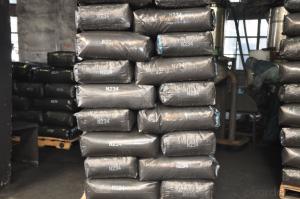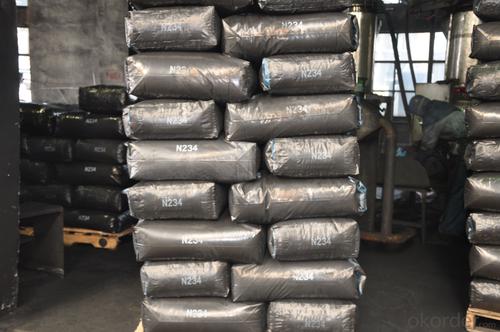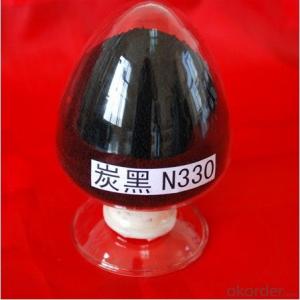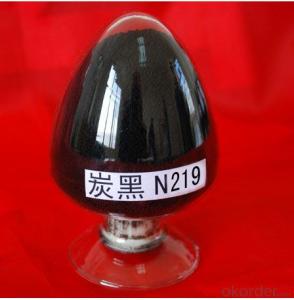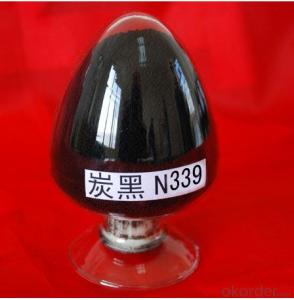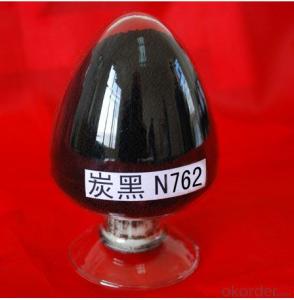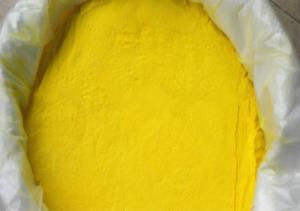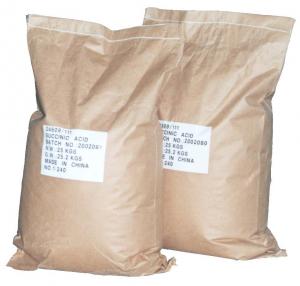Carbon Black N326 Granluar
- Loading Port:
- Tianjin
- Payment Terms:
- TT OR LC
- Min Order Qty:
- -
- Supply Capability:
- 10000MT m.t./month
OKorder Service Pledge
OKorder Financial Service
You Might Also Like
Carbon Black N326 (Granule)
Product Description:
carbon black N326:
1.Usage Rubber Auxiliary Agents;
2.Product Status:Black powder or granular;
3.Standard: ISO 9001:2000
Suggest for Use:
(1) Use for applications requiring high strength and heat and low tire (including off-road tire) rubber tread material, but also to conveyor belt, sealing products and other high-quality rubber products.
(2) The usage and the natural rubber to make the FDA has a black rubber near the trough physical and mechanical properties, usage of plastic material with high tensile strength, tear strength, abrasion resistance and anti-collapse of performance, As with other high-abrasion furnace black ratio, glue correctly predicted that a low modulus, high elongation, tensile strength similar. Is the lack of dispersion in rubber product is difficult, if decentralization would lead to bad rubber tensile strength, wear resistance and fatigue reduced.
TDS of the Carbon Black N326
Product Varieties | N326 | Pouring density(kg/m3) | 415~495 |
Iodine absorption Value(g/kg) | 77~87 | 300%modulus(Mpa) | -4.9~2.9 |
DBP absorption Value (10-5m2/kg) | 67~77 | Ash content | ≤0.7% |
24Mn DBP(10-5m2/kg) | 64~72 | 45um sieve residue | ≤0.05% |
CTAB surface area(103m2/kg) | 77~89 | 500um sieve residue | ≤0.001% |
STSA/(103m2/kg) | 71~81 | Impurity | NO |
Nsa surface area(103m2/kg) | 73~83 | Fine content | ≤10% |
Tint strength(%) | 106~116 | Tensile strength(Mpa ) | ≥-0.5 |
Heatloss(%) | ≤2.5 | Elongation at failure | ≥-10% |
Safety:
As a matter of good industrial hygiene, gloves and safety glasses with side shields or better eye protection should be worn when handing Carbon Black ,For more information, refer to the MSDS.



- Q: Always speeds the reation ratedoes not affect the reation rateundergoes a chemical changedoes not become part of the chemical changealways slows the reation rate
- Does not become part of the chemical change. I am guessing that this is a multiple guess test and the answer you are looking for is D.
- Q: Will the catalyst change the reaction rate in the chemical reaction?
- Many of the catalysts are specific in varying degrees, and when added to the chemical reaction system that it can catalyze, it must change the rate of chemical reaction, and of course both positively and negatively catalyzed. Chemical reaction rate, it can not be called a catalyst.
- Q: Chemistry teaching and learning a bit difficult, thank you
- Palladium Pd, platinum Pt as a catalyst
- Q: describe a biological catalyst?
- One of the best known biological catalyst reactions is the Fixation of Nitrogen. Biological Nitrogen Fixation (BNF) occurs when atmospheric nitrogen is converted to ammonia by a bacterial enzyme called nitrogenase. Microorganisms that fix nitrogen are called diazotrophs. The formula for BNF is: N2 + 8H+ + 8e? + 16 ATP → 2NH3 + H2 + 16ADP + 16 Pi Although ammonia (NH3) is the direct product of this reaction, it is quickly ionized to ammonium (NH4+). In free-living diazotrophs, the nitrogenase-generated ammonium is assimilated into glutamate through the glutamine synthetase/glutamate synthase pathway.
- Q: What are the catalysts that appear in the chemistry experiment?
- Oxygen Oxygen Oxygen Oxygen also used when the catalyst is manganese dioxide MnO2
- Q: The future direction of employment how, in what kind of units to do what work, how the closure rate? The
- Generally in the chemical plant to do engineering design engineers, the past few years, science and engineering graduates generally do not worry about work.
- Q: Why extract the genome, the digestion is always not cut
- The enzyme, like the general catalyst, only catalyzes the thermodynamics of the permissible chemical reaction, shortening the time to reach the chemical equilibrium without changing the equilibrium point. The enzyme as a catalyst has no qualitative and quantitative changes before and after the chemical reaction. The mechanism of action of enzymes and general catalysts is to reduce the activation energy of the reaction.
- Q: Hydrogen and nitrogen in the high temperature and pressure and catalyst conditions for the synthesis of ammonia chemical equation
- 3H2 + N2 = 2NH3 conditional catalyst
- Q: and can you give me an example of it .. please give it in easy terms if you can. thanks
- a catalyst enables a reaction to occur quicker, by lowering the activation energy, and finding it an alternate path way to react. example of a catalyst is an enzyme, found in our saliva, it helps us digest our foods, by breaking it down into smaller pieces.
- Q: What is the catalyst called?
- There are three types of catalysts, which are homogeneous catalysts, heterogeneous catalysts and biocatalysts
Send your message to us
Carbon Black N326 Granluar
- Loading Port:
- Tianjin
- Payment Terms:
- TT OR LC
- Min Order Qty:
- -
- Supply Capability:
- 10000MT m.t./month
OKorder Service Pledge
OKorder Financial Service
Similar products
Hot products
Hot Searches
Related keywords

